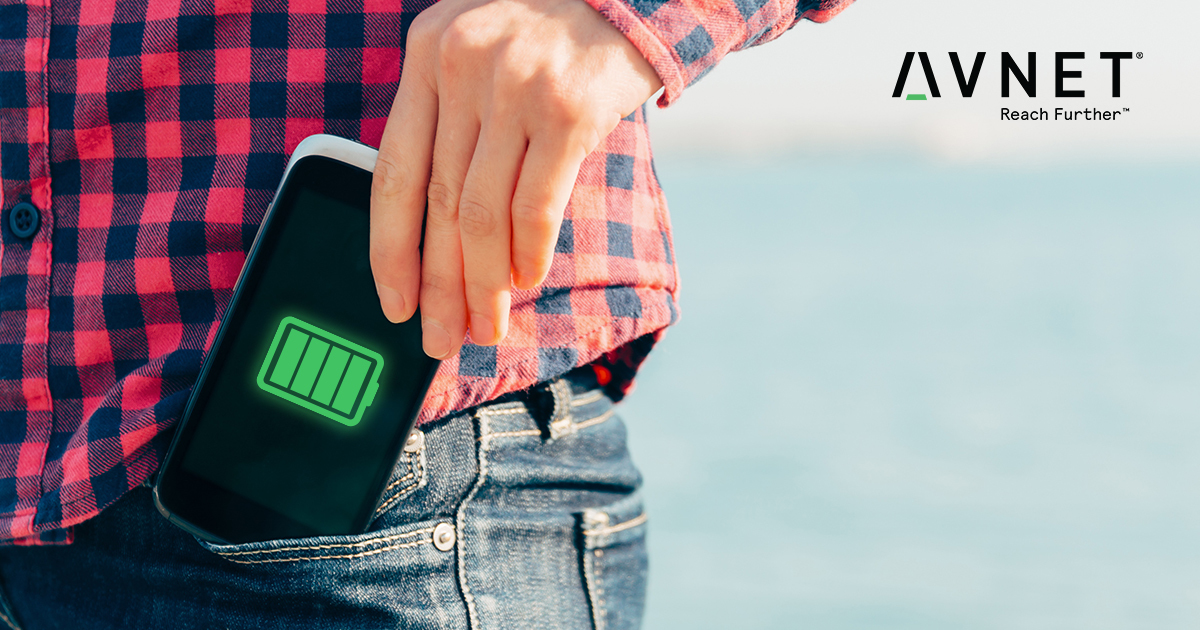Watch for these two problems in your Qi wireless charging project

As a future-proofed and widely available open standard, Qi wireless charging is a hot technology. Engineers are actively incorporating it in applications from hospitality to automotive. Wireless charging, however, replaces cords with coils—and with that comes a few common design challenges.
Luckily, specifications for the Qi standards tell you what features your project needs to have in order to pass the test for the standard. It even offers some suggestions on how to approach your design.
But an actual implementation? That’s not dictated – and therefore it’s not always deeply understood. With varying understanding comes variances in how it’s implemented.
Here are two of the most common problems engineers face in integrating Qi in their projects.
Communication protocol woes
There’s a specific communication protocol between transmitters and receivers in the Qi standard. This protocol is the key to interoperability between devices and the charging pads with which they are communicating.
The transmitter should emit an AC signal across its coil, which is then magnetically coupled with the receiver coil to provide DC output. This closed loop has to function correctly, otherwise there will be problems when you go to test and certify your Qi project.
Although the load modulation method between the device and charging pad should be simple, engineers sometimes run into complications with errors being sent, information transmitted at the wrong time between the transmitter and receiver, or data decoded incorrectly or at the wrong time in the process. All of these issues will hinder effective charging.
The takeaway: Ensure that none of the hardware in your design hinders the communication protocol between coils.
Abnormal temperature increases
With induction now happening between the coils, small metallic parts could reach higher temperatures – and fast—through induction heating. Any Qi tested hardware needs Foreign Object Detection (FOD), which is meant to identify if any metal object in that field could be subject to the adverse effects of induction heating.
Check especially for the magnetic field flow between the transmitter and receiver. Insufficient magnetic shields, often crafted out of aluminum, can poorly interact with aluminum battery case covers and cause abnormal heat generation.
The takeaway: Pay special attention to your FOD detection system so that engineers can detect and prevent overheating within their hardware.
Feedback, testing is key
If you’re running into some problems, find like-minded makers who are working on similar projects through online communities or in your own backyard. If you need more help, get a third party testing system or a strategic partner to get your Qi project off the ground and into the hands of customers.

